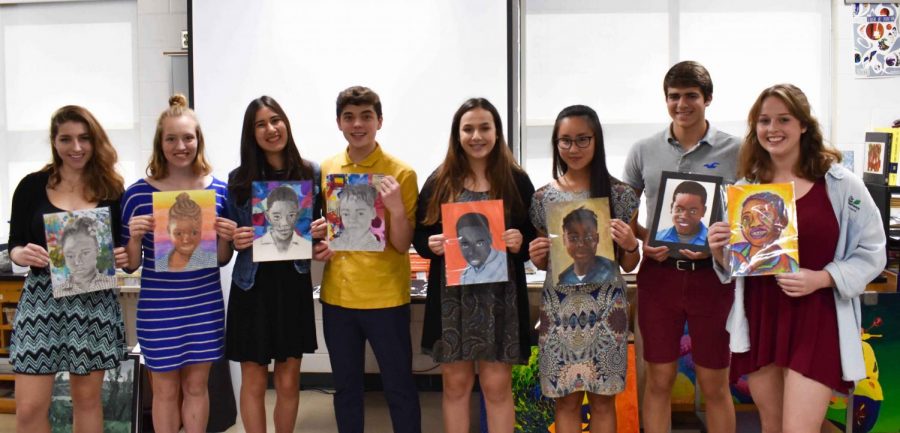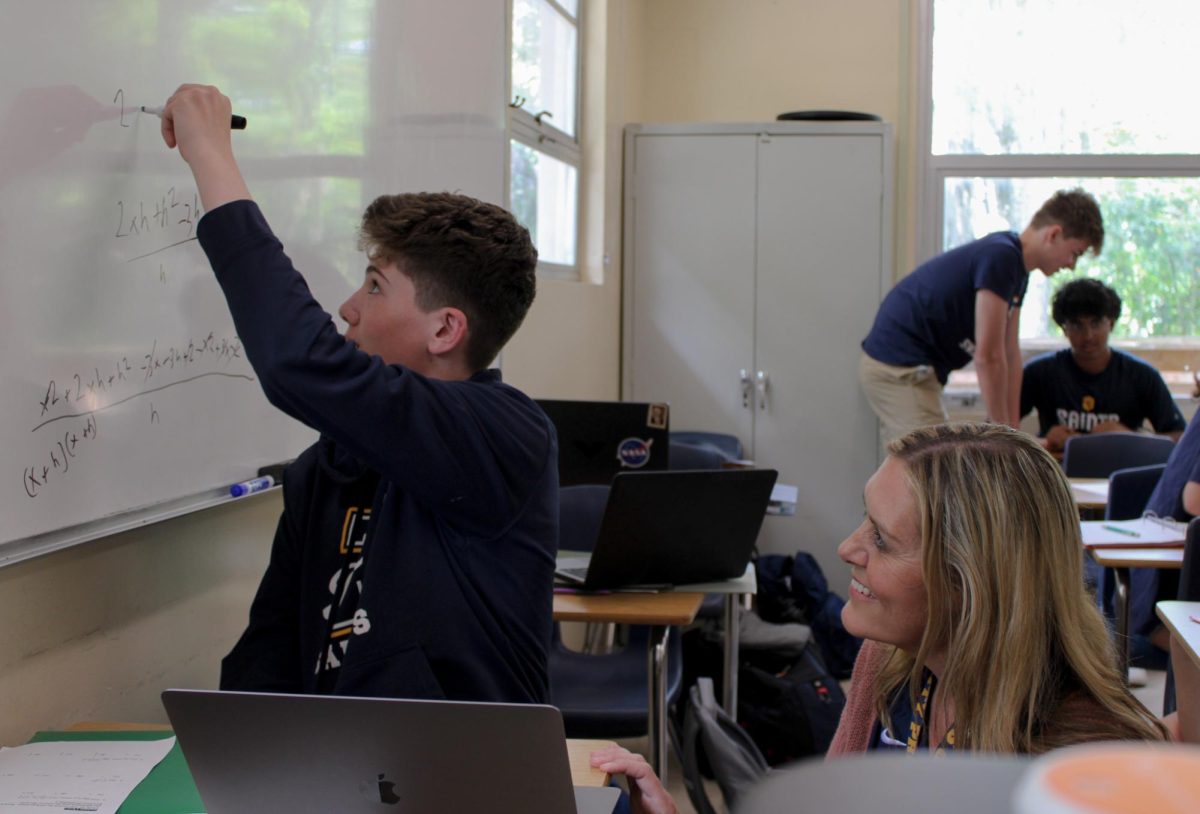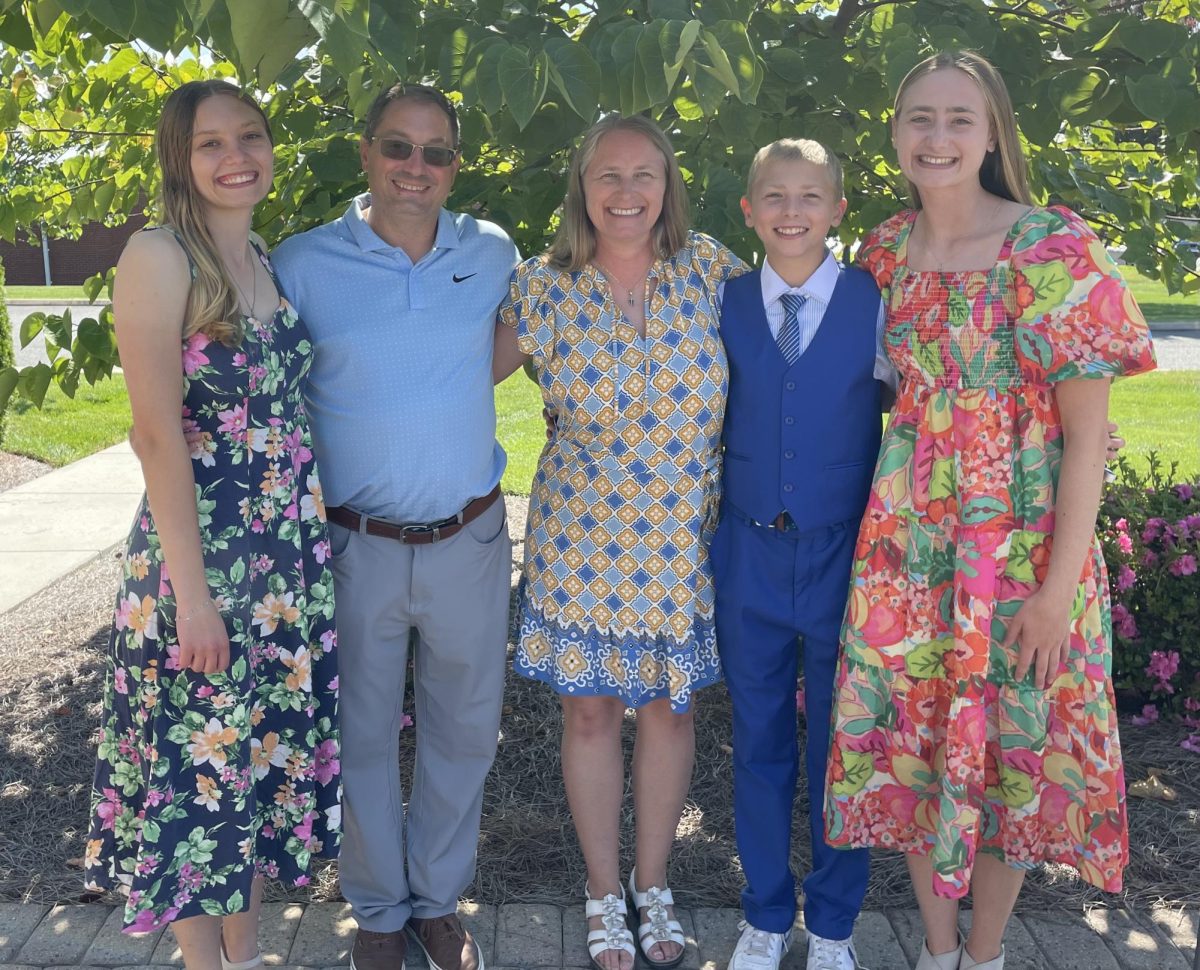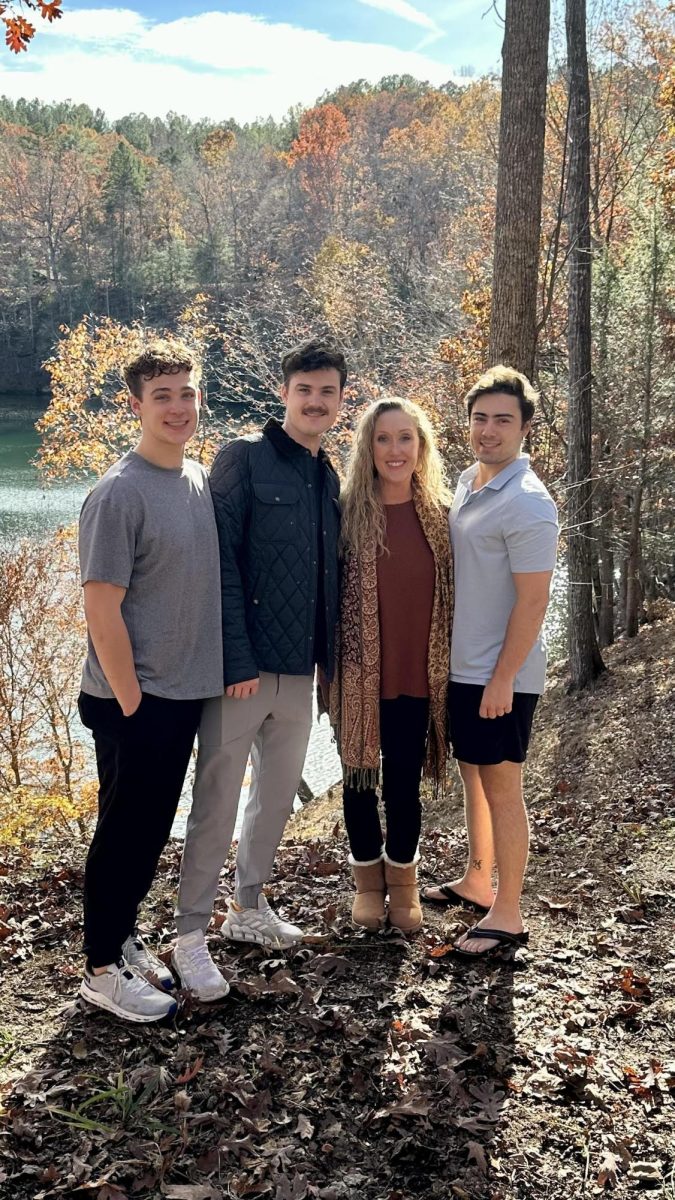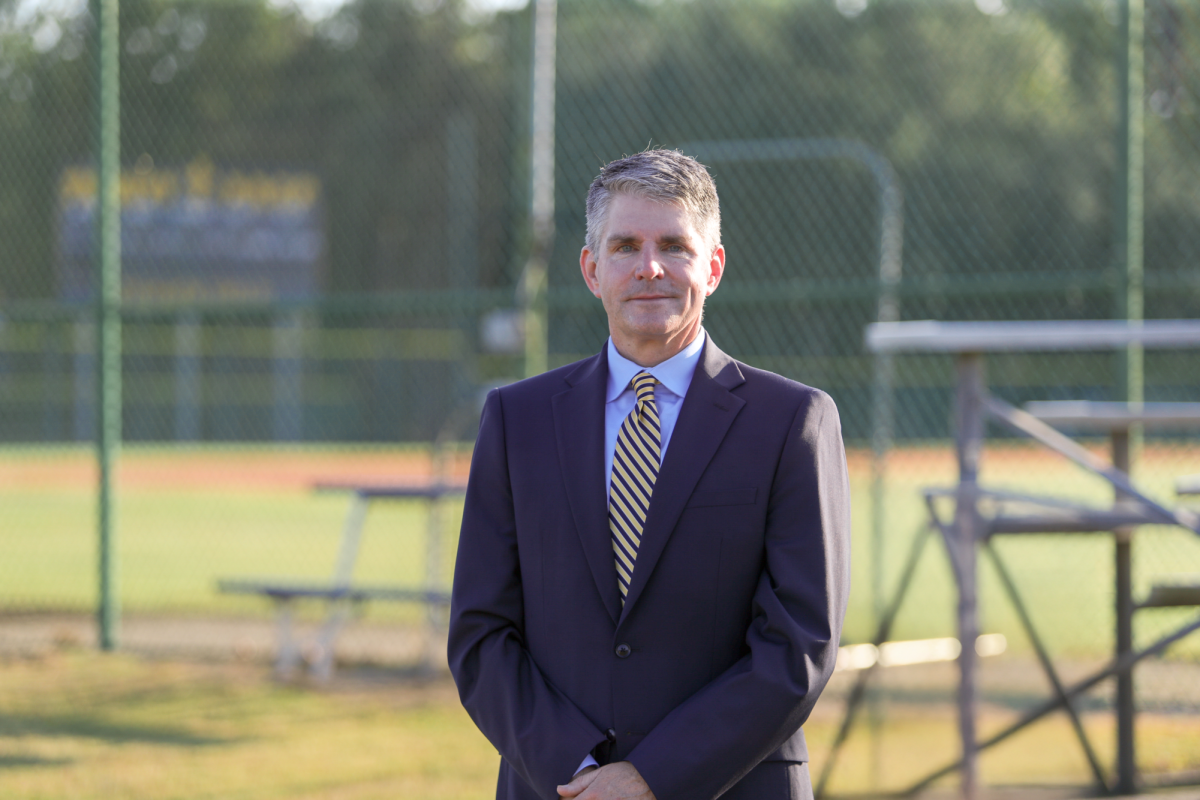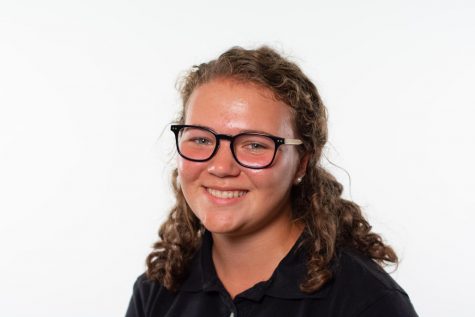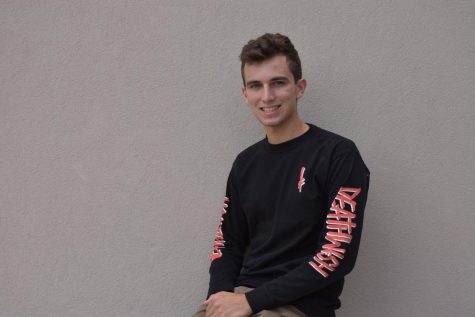Many schools can boast the talents of their various students, but few can say that their students choose to use these talents to make a monumental impact on the lives of people they will never meet. Once a year, Trinity’s Art Club and National Art Honor Society participate in The Memory Project to help orphaned children around the world by creating unique pieces of artwork to call their own for the rest of their lives.
The Memory Project began in 2004 and has since yielded more than 100,000 art projects for orphans in 43 countries around the world. Participating artists receive a photograph of one of the children and are then at liberty to create an individual portrait that is sent back to the child along with a donation. Fine Arts teacher Irina Ashcraft has supported Trinity’s involvement in The Memory Project for more than a decade.
“Many of these children don’t have many pictures taken of them as they grow up,” Ashcraft said. “So receiving a beautiful portrait that someone custom-made for them is a wonderful, cherished memento.”
After the projects are completed and delivered, the artists are sent a video of the children as they receive their pictures. Senior Lauren Hongamen has found this video to be one of the best parts of participating in The Memory Project.
“[The video] was really cute and really fulfilling,” Hongamen said. “I really liked getting it and just knowing that they’d have something to enjoy.”
Trinity’s long involvement in The Memory Project has produced more than 150 portraits for orphans from countries including Ukraine and Uganda. This year alone, 15 pictures were completed and sent out by members of the Art Club and Art Honor Society. Senior Nicole Farr has found that the opportunity to bring joy to these children through The Memory Project is a rare and special experience.
“[My favorite part of this project] is the fact that we’re doing something good to benefit these kids,” Farr said. “They’re really happy to be able to have something to call their own.”
Along with the clubmembers’ contribution to the orphans, Ashcraft has also enjoyed the exposure that she and her students get to the different countries that comes with each picture.
“[I really enjoy] learning more about the country where the portraits will be delivered to,” Ashcraft said. “ I also enjoy having an opportunity to connect with real people and know that we make something special for the orphaned children.”
Trinity’s participation in The Memory Project has allowed for many orphans to have something personal and special, but it has also taught students how imperative and truly life-changing it can be to share their talents with others.
“I think in some ways it improves [the orphans’] self esteem,” Farr said. “They’re able to see themselves the way someone else sees them and in the way we draw them.”
Cameron Miner




